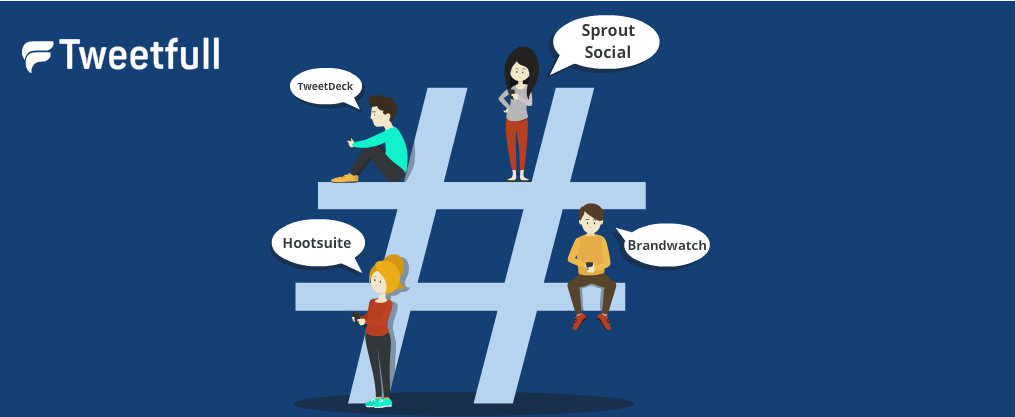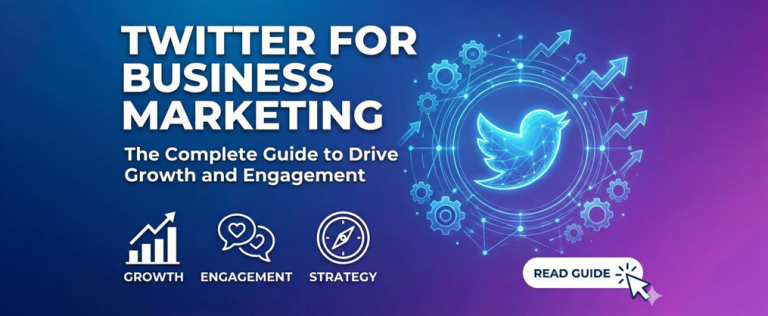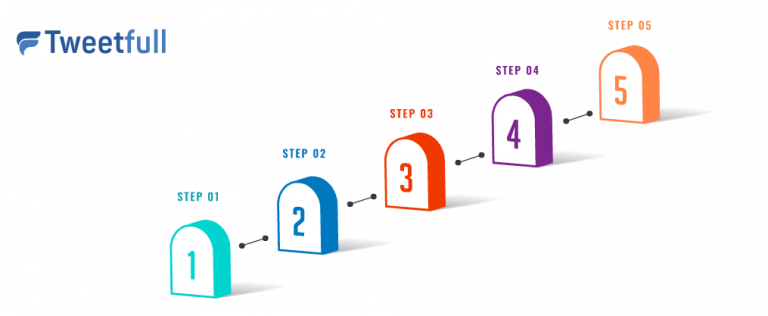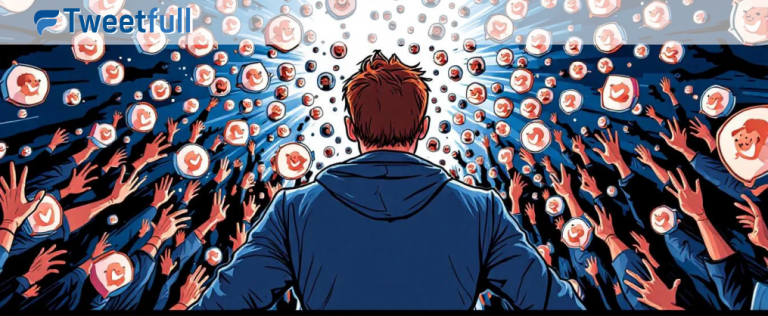How to Use Twitter to Manage and Communicate Effectively During a Crisis?
In the fast-paced digital era, Twitter has emerged as a critical platform for crisis management. Its ability to deliver real-time updates and reach a global audience instantly makes it an indispensable tool for organizations facing organizational crises. Understanding how to use Twitter effectively during such times is essential for any company or institution aiming to protect its brand’s reputation, maintain public trust, and communicate transparently with stakeholders.
The Importance of Twitter in Crisis Management
Twitter’s unique features—such as brief, immediate tweets and widespread accessibility—make it a powerful channel for crisis communication. When a disaster or crisis event unfolds, Twitter often becomes the first source of news for consumers, employees, leaders, and the media. This immediacy allows organizations to respond quickly, control the narrative, and demonstrate their commitment to addressing concerns. Moreover, the platform’s capacity to engage with a broad audience, including key stakeholders and the general public, offers a valuable opportunity to manage misinformation and false information that can otherwise spread rapidly.
By leveraging Twitter’s tools and technology, including machine learning-driven analytics, organizations can gain insights into public opinion and brand mentions, helping them assess the impact of the crisis and tailor their crisis response accordingly. In this article, we will explore how organizations can develop a robust crisis management strategy using Twitter to lead effectively during critical moments.
Develop a Crisis Communication Plan
A foundational step in effective Twitter crisis management is developing a comprehensive crisis communication plan before any incident occurs. This plan should spell out exactly how your team will use Twitter and other social platforms during a crisis, including who handles what, how messages should be communicated, and the steps to follow when responding. Developing an evergreen crisis communication plan ensures that roles and workflows are clearly defined and can be adapted to various scenarios.
Having a well-structured plan ensures your organization is prepared to respond promptly and consistently. It also helps maintain transparency and control over the flow of information, which is essential for minimizing the spread of negative content and misinformation. The plan should focus on regular updates to keep stakeholders informed and demonstrate the organization’s commitment to managing the situation responsibly. Additionally, it is crucial to pause all scheduled posts during a crisis to avoid appearing tone-deaf or insensitive.
Establish a Dedicated Crisis Response Team
To execute your crisis communication plan effectively, establish a dedicated crisis response team trained specifically in crisis management and crisis communication best practices. This team should have the ability to respond quickly and efficiently on the Twitter platform, managing the organization’s accounts with a clear understanding of the brand’s values and the context of the crisis.
The crisis team acts as the organization’s voice on Twitter during critical incidents, ensuring that all tweets and messages align with the company’s crisis management strategy. This group should include leaders, communication specialists, and social media managers who can collaborate seamlessly to assess the situation, address concerns, and support the organization’s goals.
Communicate Quickly and Transparently
In the midst of a crisis, time is of the essence. Twitter enables organizations to provide real-time updates, which is crucial for maintaining public trust and managing the flow of information. It is vital to communicate quickly but also transparently, sharing what is known while acknowledging uncertainties.
Transparency involves speaking honestly about the incident, even if all details are not yet available. This approach helps prevent rumors and misinformation from gaining traction and reassures stakeholders that the organization is actively managing the situation. Consistent messaging across all channels reinforces credibility and helps control the narrative during a crisis.
Be Consistent and Accurate
Consistency and accuracy are cornerstones of effective crisis communication on Twitter. All information shared must be fact-checked and aligned with messages disseminated through other communication channels to avoid confusion or conflicting statements.
Providing accurate updates reduces the risk of spreading false information and supports the organization’s ability to respond to concerns effectively. Should inaccuracies be identified, it is critical to correct them promptly and transparently, demonstrating accountability and reinforcing the organization’s commitment to truthful communication.
Effective Communication During a Crisis
Use the Right Tone and Language
The tone and language used in crisis communication on Twitter significantly influence public perception. It is essential to adopt a tone that conveys empathy, understanding, and seriousness without resorting to jargon or overly technical terms that might alienate or confuse the audience.
Messages should be concise and clear, focusing on the most critical information to ensure that followers can quickly grasp the situation. Demonstrating sensitivity to the emotions and concerns of consumers, employees, and other stakeholders fosters connection and support during challenging times.
Engage with Your Audience
Twitter’s interactive nature allows organizations to engage directly with their audience during a crisis. Responding to questions, concerns, and feedback in a timely and respectful manner helps build trust and demonstrates the organization’s commitment to addressing issues. Ideally, organizations should aim to respond to issues on Twitter within 1-2 hours to show attentiveness and commitment to resolution.
Acknowledging emotions and showing appreciation for support encourages a positive dialogue and can mitigate negative content. Engagement also provides valuable insights into public sentiment, which can inform ongoing crisis management efforts. Use a sincere, human tone when acknowledging users’ feelings and apologizing for negative experiences to foster trust and connection.
Utilize Visuals and Multimedia
Incorporating visuals such as images, videos, and infographics enhances the effectiveness of crisis communication on Twitter. These multimedia elements can illustrate the situation more clearly, provide updates, or demonstrate actions being taken.
Visual content should be accurate, relevant, and easy to understand, helping to convey complex information quickly and support the overall messaging strategy. This use of multimedia can also increase engagement and the reach of important updates.
The Importance of Social Listening in Crisis Management
Social listening is a vital component of a successful Twitter crisis management strategy. By monitoring conversations, brand mentions, and sentiment on Twitter and other social media platforms, organizations gain real-time insights into public opinion and the spread of information.
This awareness allows crisis teams to identify potential crises early, assess the impact of ongoing incidents, and respond proactively to emerging concerns. Social listening tools also help detect misinformation and false information, enabling organizations to address these issues promptly and maintain control over the narrative. Twitter’s features like threads allow businesses to provide detailed explanations and sequential updates during a crisis, ensuring clarity and transparency.
Top Social Listening Tools for Twitter
To enhance your crisis management efforts, consider utilizing the following top social listening tools tailored for Twitter. If you also want to generate more retweets for your tweets, check out proven methods and best practices. Additionally, if you need to simulate or illustrate Twitter conversations for training or demonstration purposes, you can use a fake tweet generator.
- Hootsuite: A comprehensive social media management platform offering robust social listening capabilities. Hootsuite allows you to monitor keywords, hashtags, and mentions related to your organization and crisis events, providing timely updates and alerts.
- Brandwatch: Known for its powerful analytics and sentiment tracking, Brandwatch helps organizations understand the broader impact of a crisis on their brand’s reputation and public trust.
- Sprout Social: This platform combines social listening with detailed analytics, enabling organizations to measure the effectiveness of their crisis communication and adjust strategies accordingly.
- TweetDeck: A free, Twitter-specific tool with a customizable interface that facilitates real-time monitoring of mentions, hashtags, and keywords. TweetDeck is especially useful for managing multiple accounts and tracking conversations during a crisis.
Frequently Asked Questions
- How often should I post updates during a crisis?
Post updates as new, accurate information becomes available to keep your audience informed without overwhelming them. - How can I control the spread of misinformation during a crisis?
Provide consistent, accurate information promptly and correct inaccuracies as soon as they are identified. - Should I use hashtags during a crisis?
Yes, relevant hashtags help organize and track conversations, making it easier for your audience to find updates. - How can I prepare my organization for using Twitter during a crisis?
Develop a crisis communication plan, establish a trained crisis response team, and familiarize yourself with social listening tools. - Can I use Twitter to share updates with stakeholders during a crisis?
Absolutely. Ensure stakeholders follow your official Twitter accounts to receive timely updates. - How can I use Twitter to collaborate with other organizations during a crisis?
Share information, retweet updates, and mention trusted partners to coordinate efforts and provide support. - Should I pause my regular Twitter content during a crisis?
It is advisable to pause or adjust regular content to focus on crisis-related updates and concerns. - How can I maintain a positive brand image on Twitter during a crisis?
Provide transparent, empathetic communication and engage respectfully with your audience. - How can I learn from a crisis to improve future management efforts?
Conduct post crisis analysis using Twitter activity and social listening data to identify lessons learned. - What should I do about negative comments or criticism on Twitter during a crisis?
Respond respectfully, acknowledge concerns, and provide accurate information without engaging in arguments. - How can I use Twitter Lists during a crisis?
Organize and monitor groups of accounts, such as emergency services or industry experts, for quick access to reliable updates. - How can I make my organization’s Twitter account easily discoverable during a crisis?
Use relevant keywords, consistent branding, and seek account verification to enhance visibility. - How can I use Twitter’s Advanced Search feature for crisis management?
Filter search results by keywords, hashtags, and accounts to monitor conversations and identify issues. - Can I use Twitter’s Direct Message feature for crisis management?
Yes, use DMs for private, personalized support or to handle sensitive information. - How can I use Twitter Analytics to evaluate crisis communication effectiveness?
Analyze tweet performance and engagement to make data-driven improvements to your strategy.
Conclusion
Twitter is an invaluable resource for organizations aiming to manage crises effectively. Its real-time communication capabilities, combined with powerful social listening tools, enable organizations to respond quickly, control the spread of misinformation, and maintain transparency with their audience. By developing a well-structured crisis communication plan, establishing a dedicated crisis response team, and engaging thoughtfully with stakeholders, organizations can leverage Twitter to protect their brand’s reputation and public trust during critical moments. Once a crisis has passed, communicate learnings to the audience to demonstrate accountability and a commitment to improvement. Embracing these strategies and continuously learning from each crisis event will strengthen your organization’s ability to navigate future challenges with confidence and resilience.







